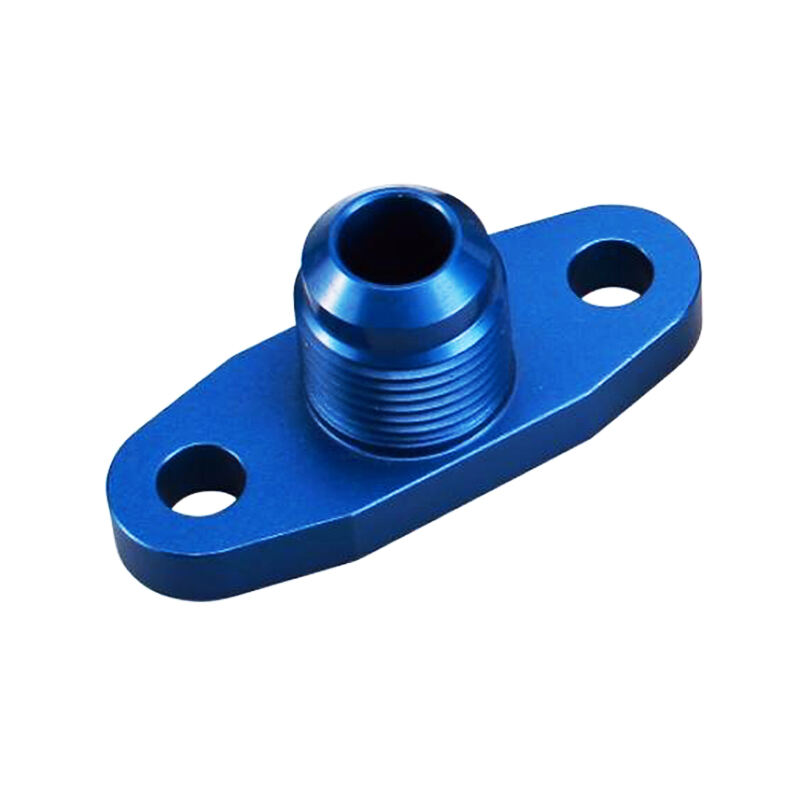
Fluid transfer systems can be positively affected if appropriate AN fittings are selected. This paper states the critical points which can be taken into consideration when selecting the AN fittings such as size, material, and the purpose of the AN fittings.
Understanding The Sizes Of The Fittings
AN fittings are identified and sized according to western dash sizing systems that are compatible with some hoses. For example, a hose of 3/8 inches requires an AN-6 fitting. Therefore, one should understand which size to use in order to prevent leaks.
Choice of Materials
A very important factor while using AN fittings is the material. Among the choices, one can find:
Aluminium: The usage of this is most recommended applications where weight is of great concern. The main downside is that it will not work with every fluid.
Stainless Steel: This is a more preferable option due to its resistance to corrosion and strength. It is highly used in harsher environments including corrosive fluids.
Application considerations
Every application will have their own set of requirements. For example racing applications will have a different requirement for fittings due to weight considerations while heavy duty fixtures can be more favourable for high pressures systems. Always take into account the type of fluid, pressure rating and track environment.
Installation Tips
The installation is the most important step if you want things to work as intended. Some tips are given below.
Clean All Components: Prior to installation, clean the hose and the fitting with a cloth to ensure that all dirt is eliminated. This is the best practice before fitting.
Use the Right Tools: There is no need to over tighten the fittings to avoid the risk of damaged components; there are appropriate tools for the right application.
Test for Leaks: During the installation, the fluid transfer system may be charged with fluid and tested for leaks with the possibility of minor adjustments after.
Conclusion
Understanding dimensions, materials, and application needs helps in the selection of the appropriate AN fittings. When this is taken into consideration, it is evident that the use of the fluid transfer system will enhance the performance across a wide range of environmental conditions. Also, with good usage and maintenance practices, the life of your AN fittings will be extended quite considerably.